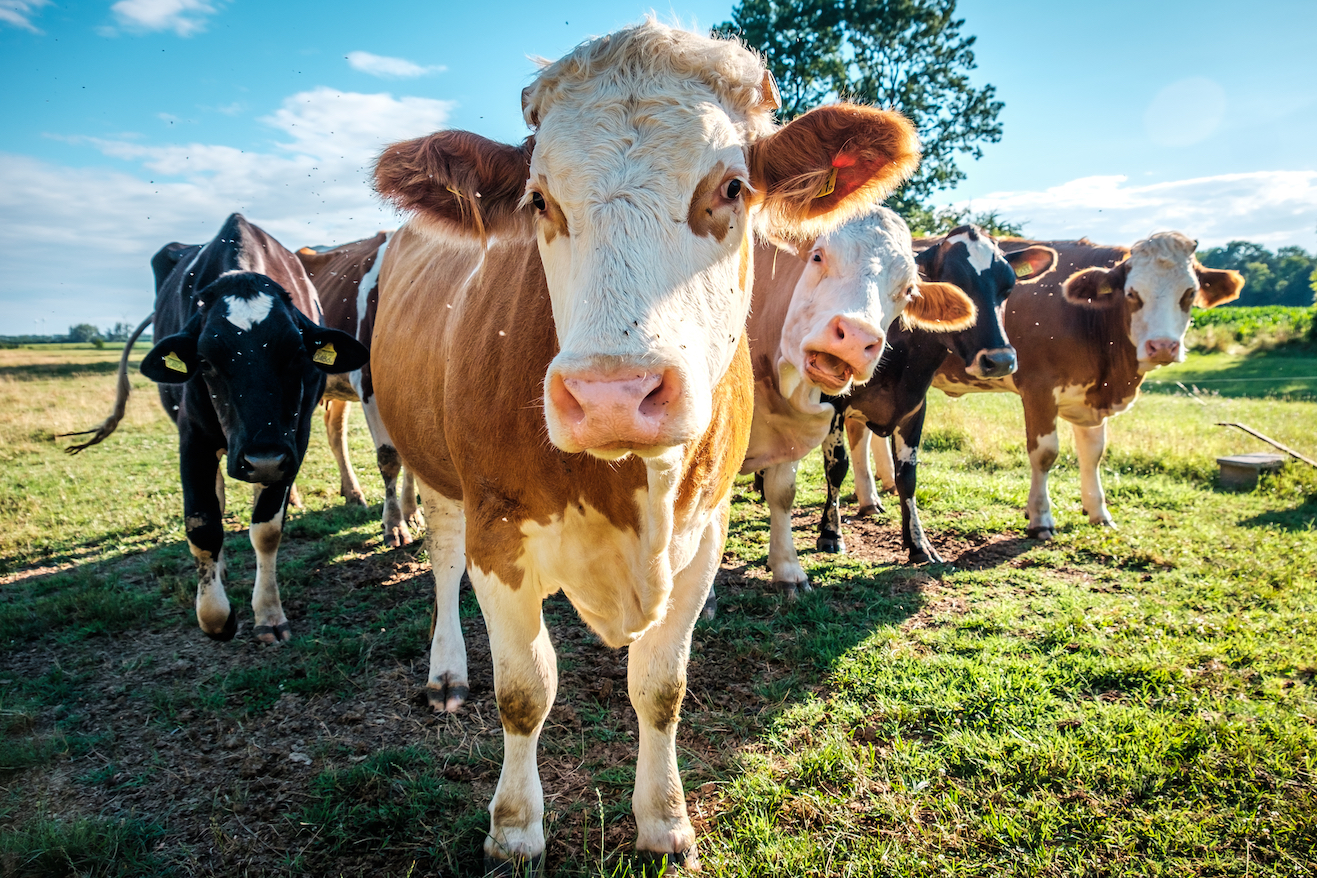
Production of the same foods impacts the Earth in different ways
The idea of eating “farm to table” has become popular in recent years, spurred by the fact that the production and transportation of food has a major impact on the environment. Thus, the closer your food sources are to your table, the smaller your impact on the environment. But how does the production of certain foods affect the environment more than others? This is the question researchers at Oxford University and the Swiss Agricultural Research Institute, Agroscope, set out to answer.
The researchers have recently created the most comprehensive database ever for the environmental impacts of almost 40,000 and 1,600 processors, packaging types, and retailers. These assessments help to determine how certain production practices and geographies impact the environment for 40 major foods.
In their assessment, they found significant differences in environmental impact between producers of the same product. High-impact beef producers create 105kg of CO2 equivalents and use 370m2 of land per 100 grams of protein. This is between 12 and 50 times more than low-impact beef producers. Yet low-impact beef producers still use 36 times more land and create 6 times more emissions than pea producers.
While aquaculture is assumed to result in relatively little emissions, it can actually emit more methane and create more greenhouse gases than cows per kilogram of live weight. For example, one pint of beer can create three times more emissions and use four times more land than another. The researchers observed this variation of impacts across all five indicators they analyzed, including water use, eutrophication, and acidification.
“Two things that look the same in the shops can have very different impacts on the planet,” explains Joseph Poore from the Department of Zoology and the School of Geography and Environment at Oxford University. “We currently don’t know this when we make choices about what to eat. Further, this variability isn’t fully recognized in strategies and policy aimed at reducing the impacts of farmers.”
Shockingly, just a small number of producers create the brunt of the environmental impact. About 15% of beef production is responsible for roughly 1.3 billion tons of CO2 equivalents and uses about 950 million hectares of land. Across all products assessed, 25% of producers contributed an average of 53% of each product’s environmental impacts.
“One of the key challenges is finding solutions that are effective across the millions of diverse producers unique to agriculture,” says Poore. “An approach to reduce environmental impacts or enhance productivity that is effective for one producer can be ineffective or create trade-offs for another. This is a sector where we require many different solutions delivered to many millions of different producers.”
The study’s authors believe that utilizing new technology could help producers limit their impact. Current technology even works on mobile devices, taking information on inputs, outputs, climate, and soil – quantifying environmental impacts. This technology then provides recommendations on how to reduce these impacts and increase productivity.
Ultimately, even with technological advances, diet change is still the easiest and most dramatic way we can mitigate the effect of food production on our environment. Animal product-free diets are likely to deliver more environmental benefits than changing production practices. Plant-based diets reduce food’s emissions by as much as 73%, depending on where you live.
If you’re able to make small behavioral changes in your diet, they can create a multiplier effect and result in a significant reduction in environmental impact. This includes eating fewer animal-based products, avoiding the highest impact producers, and lowering consumption of discretionary products, such as oils, alcohol, and sugar. It would also be helpful for producers to be required to communicate their environmental impacts to consumers.
“We need to find ways to slightly change the conditions so it’s better for producers and consumers to act in favor of the environment,” says Poore. “Environmental labels and financial incentives would support more sustainable consumption, while creating a positive loop: Farmers would need to monitor their impacts, encouraging better decision making; and communicate their impacts to suppliers, encouraging better sourcing.”
The research was published in the journal Science.
—
By Connor Ertz, Earth.com Staff Writer













